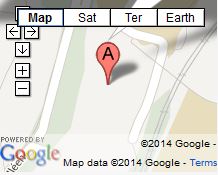Refugee Settlement Locations and Long Run Outcomes
| Number | 8108 |
|---|
| Project manager | Karen Evelyn Hauge |
|---|
| Client | Norges Forskningsråd |
|---|
| Client project no. | 335851 |
|---|
| Participants | Bernt Bratsberg
Karen Evelyn Hauge
Andreas Kotsadam
Oddbjørn Raaum |
|---|
| Period | 2023 - 2026 |
|---|
Project description
Immigrant integration, like many concepts in social science, is not straight-forward to define. In this project we understand immigrant integration as "the degree to which immigrants have the knowledge and capacity to build a successful, fulfilling life in the host society" (Harder et al. 2018: 11484). Knowledge and capacity are shaped by access to relevant resources (through e.g. economic integration, language skills, and social networks) that enable refugees to navigate host country institutions and realize their potential. Successful integration of refugees is a major goal for governments and efficient policy solutions are in high demand. While there is a large literature on the efficiency of various labor market and education policies for this group (Brell et al. 2020), we know much less about the importance of initial settlement locations. This is unfortunate since it potentially influences the life trajectories of the refugees and their children (Bansak et al. 2018). Bratsberg et al. (2020), leveraging the quasi-exogenous settlement of UN refugees to Norwegian neighborhoods, show that initial placement has a causal effect on long-run voter turnout.
Publications
No registered publications
